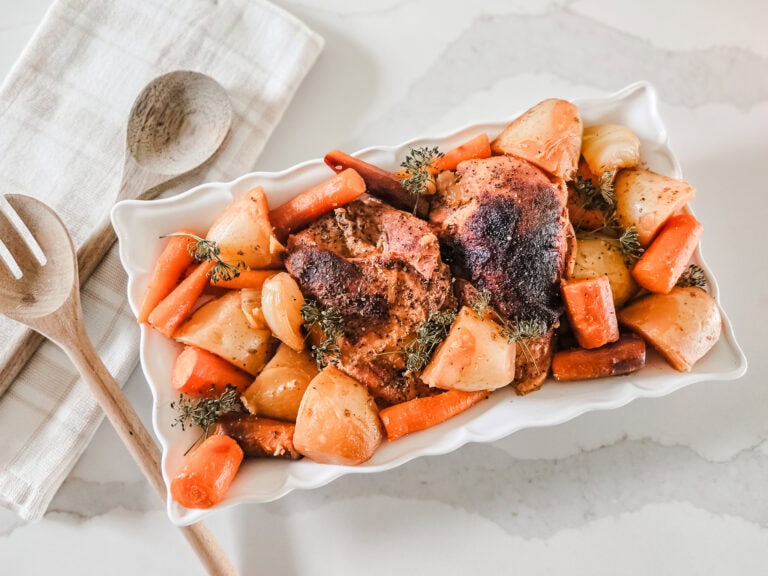The Ultimate Guide to Non-Toxic Feminine Care Products with Safe and Organic Alternatives
As women, we do so much to care for our hair, skin, and overall well-being — but one area that’s often overlooked is the kind of products we use for feminine hygiene. Our bodies are beautifully designed, but they’re also delicate, especially when it comes to our most intimate areas.
Unfortunately, many mainstream pads, tampons, washes, and wipes contain hidden toxins that can irritate, disrupt hormones, and even put us at risk for long-term health concerns. The good news? We now have access to safe, non-toxic alternatives that truly support our health.

Why Non-Toxic Feminine Care Matters
When it comes to feminine care, understanding what’s really in the products we use is so important. Toxic ingredients matter because our vaginal and vulvar areas are highly absorbent, meaning harmful chemicals can easily enter our bloodstream and affect our overall health.
Feminine care products are not just applied to the body but are often inserted inside our bodies. This gives us extra reason for caution, especially considering they are inserted in our highly sensitive reproductive area. In fact, the vagina is considered a drug delivery pathway because of the amount of blood flow in the area. Materials or drugs are rapidly absorbed into the bloodstream, causing almost a direct hit to your reproductive organs because toxins are not yet filtered by your liver.
Unlike oral intake, where substances are processed by the digestive tract and filtered through the liver, substances introduced vaginally can reach the bloodstream more directly, giving them a quicker potential effect on reproductive organs and beyond. While the liver still processes substances that eventually circulate, there is not the same initial filtration that happens when something is taken orally
That’s why it’s crucial to know which ingredients to avoid — like fragrance, parabens, dioxins, and synthetic fibers — and how they can disrupt hormones, cause irritation, or even pose long-term risks. The good news is that there are plenty of clean, non-toxic alternatives, from organic cotton pads and tampons to menstrual cups and period underwear, that are much safer for your body.
And making the switch doesn’t have to feel overwhelming. With a few practical tips, like starting small, reading labels carefully, and listening to your body, you can transition with confidence. By the end of this journey, you’ll feel both empowered and educated to choose products that truly care for you.
Join the HSIB Instagram Community!
Toxic Ingredients to Avoid in Feminine Care Products
For years, most of us assumed that if a product is on the drugstore shelf, it must be safe. But research has shown otherwise. Common feminine care products may contain ingredients linked to hormone disruption, cancer, and reproductive harm.
The bottom line: switching to non-toxic feminine care products reduces your overall toxic load, protects your hormone health, and supports your body’s natural balance. Here are the biggest offenders to watch out for — and why they don’t belong anywhere near your body:
1. Fragrance (a.k.a. “Parfum”)
That “fresh” scent in pads, tampons, or washes? It’s often a chemical cocktail. Companies aren’t required to list what’s inside “fragrance,” and it may include phthalates, allergens, and endocrine disruptors.
Why it matters: A 2018 study linked phthalate exposure to hormonal imbalances, reproductive challenges, and even early puberty in girls.
2. Dioxins
Dioxins are byproducts of chlorine bleaching, commonly used in conventional cotton. Even at low levels, dioxins can accumulate in the body over time.
Why it matters: The World Health Organization identifies dioxins as highly toxic, with links to cancer, reproductive harm, and immune system damage.
3. Parabens
Parabens are preservatives often found in wipes, washes, and many other personal care products. They’re easily absorbed through skin and mucous membranes.
Why it matters: Parabens mimic estrogen in the body, disrupting natural hormones and contributing to higher breast cancer risk.
4. Formaldehyde-Releasing Preservatives
Some pads and wipes use adhesives or preservatives that release small amounts of formaldehyde — a known carcinogen. We definitely don’t want this carcinogen in such a sensitive and absorbent area of our body.
5. Synthetic Fibers & Pesticide Residues
Non-organic cotton may carry pesticide residues, while rayon and polyester in tampons can increase the risk of microtears and irritation. Combined with super absorbency, they may also heighten the risk of toxic shock syndrome (TSS).
6. Heavy Metals
Heavy metals can occur naturally in the environment and in plants like cotton. While not intentionally put in products, heavy metals can naurally exist in the material pads or tampons are made out of.
Recent studies have detected heavy metals like lead, cadmium, and arsenic in some mainstream period products, including pads and tampons. Even in small amounts, these metals can accumulate in the body over time and are linked to hormone disruption, reproductive harm, and increased cancer risk.
Non-Toxic Feminine Care Alternatives
Thankfully, there are so many safer options today. We don’t have to solely rely on the department store shelves (although some of these brands are widely available). Here are some clean options to explore depending on your preference.
1. Organic Cotton Pads & Tampons
Look for 100% organic cotton, free from chlorine, fragrance, pesticides, dioxins, rayon, and dyes, and BPA. All of the following brands offer a variety of tampons and pads.
Brands:
2. Menstrual Cups
Look for medical-grade silicone menstrual cups that are reusable, eco-friendly, and toxin-free. The perks of menstrual cups include unique and reliable leak protection that is hypoallergenic and won’t disrupt your pH.
Brands:
3. Period Underwear
Reusable absorbent underwear replaces pads and tampons. Wash and reuse for an eco-friendly option.
Brands:
Why This Matters for Women’s Health
- Exposure to these toxins isn’t just about temporary irritation. They can have real effects on:
- Hormone health → Endocrine disruptors mimic or block hormones.
- Reproductive wellness → Dioxins and phthalates are linked to fertility challenges.
- Cancer risk → Parabens and formaldehyde are associated with breast and reproductive cancers.
- Everyday comfort → Many women experience itching, dryness, or infections from products with fragrance or harsh chemicals.
- When we know better, we can do better — and choosing cleaner products is one of the simplest ways to protect our long-term health.
How to Transition to Non-Toxic Feminine Care
Making the switch doesn’t have to feel overwhelming. Here’s how to start:
- Swap one product at a time → Start with tampons or cups since they are directly inserted.
- Check labels → Look for “100% organic cotton,” “chlorine-free,” “fragrance-free.”
- Experiment → Every woman’s body is unique, so try different brands until you find your best fit.
- Invest in reusables → Cups and period underwear save money long-term and reduce waste.
- Listen to your body → Pay attention to irritation, comfort, and flow needs.
Women often ask: Are non-toxic feminine products worth it? Absolutely, in fact, non-toxic femine care products could be one of the most important swaps you make. Here’s why:
- Better vaginal health → Reduce irritation, dryness, and infections.
- Lower toxic load → Minimize exposure to parabens, phthalates, and dioxins.
- Hormone balance → Protect your natural hormones from chemical disruption.
- Eco-conscious → Many clean products are biodegradable and sustainable.
- Peace of mind → Confidence that you’re making safer, healthier choices.
More recent posts
Your body deserves products that are safe, gentle, and supportive of your health. Making the switch to non-toxic feminine care isn’t about perfection — it’s about progress. Each small step you take reduces toxins in your life and creates a healthier future.
So start where you are, choose one change, and know that you’re doing something incredibly powerful: protecting and honoring your health in a very real way. 💕
Hey, Sweet Friend!
Welcome! I’m Ashley, a lover of beauty in all its facets. I am a hairstylist, writer, & girl mom passionate about helping women flourish by seeking beauty beyond the surface. I love to encourage women to create clean & healthy beauty habits & homes grounded in faith and live by my motto…clean, pretty, + simple. I would love for you to join me in your healthy beauty journey!
References and sources:













